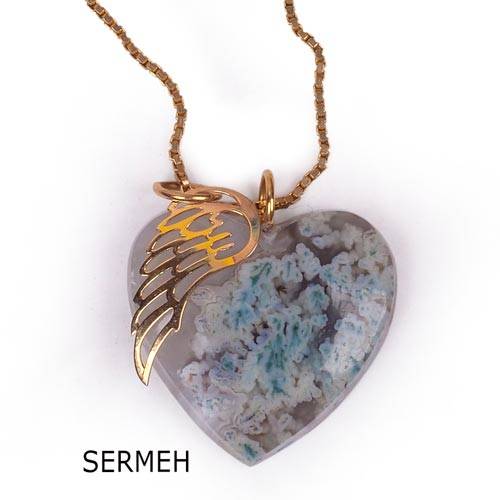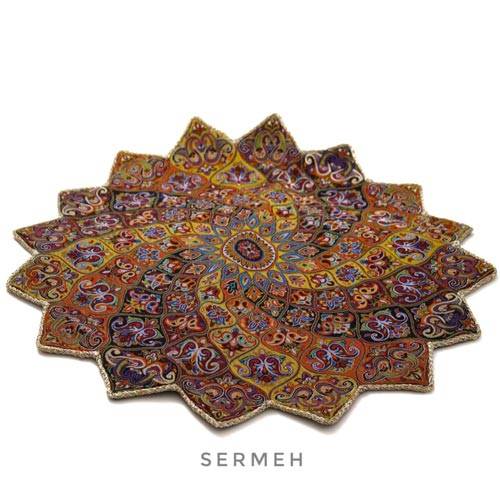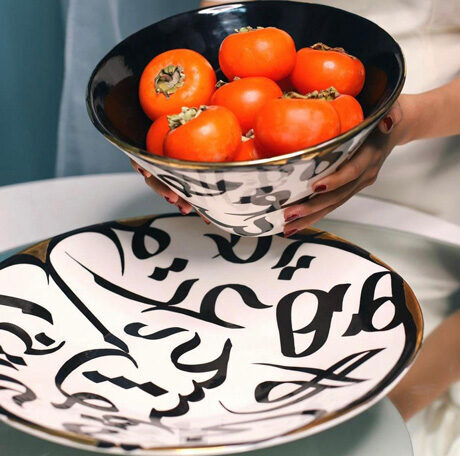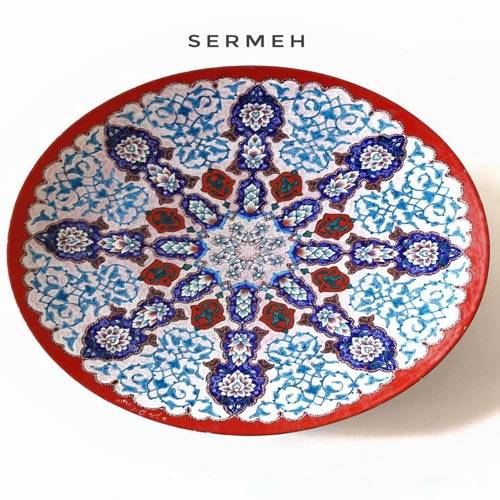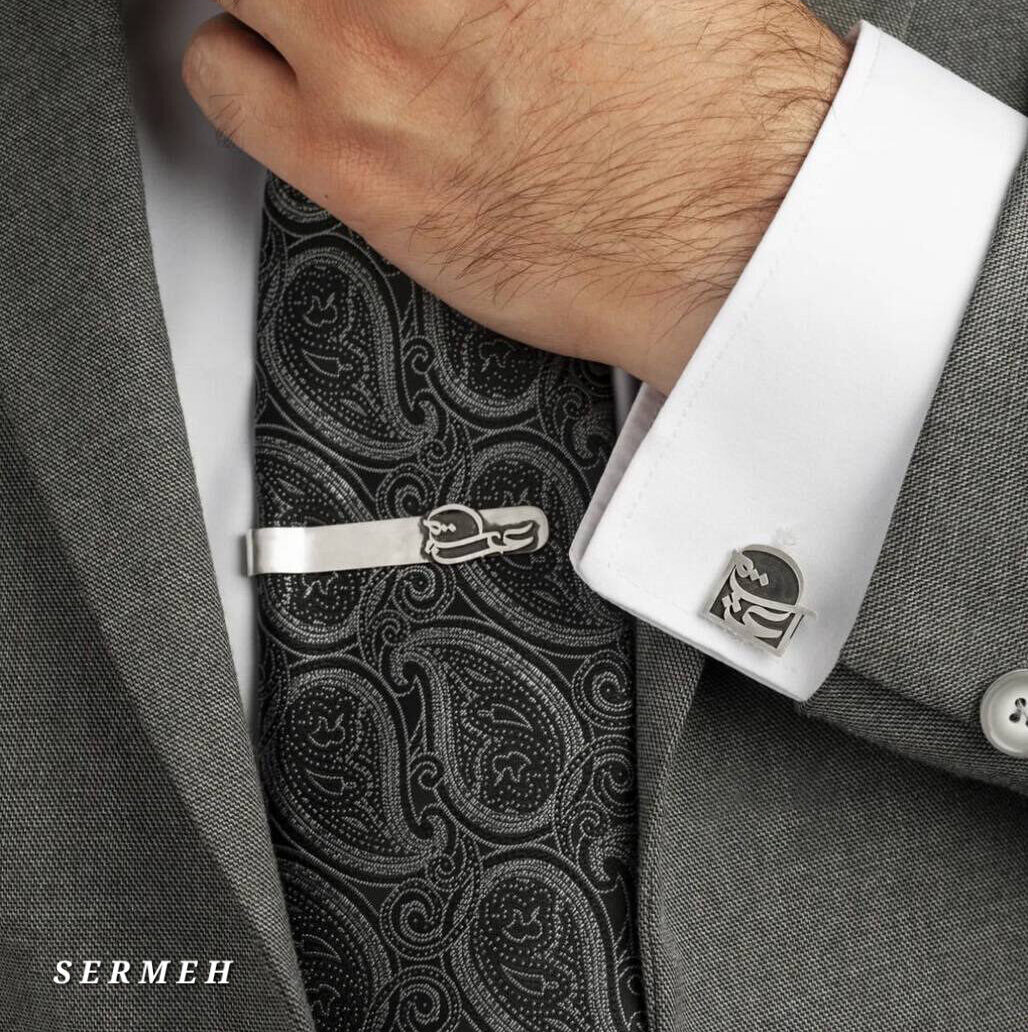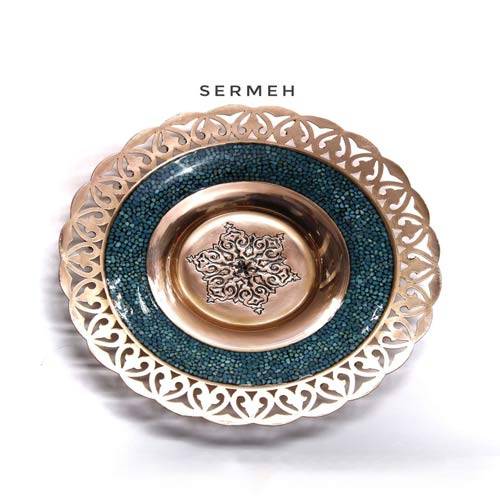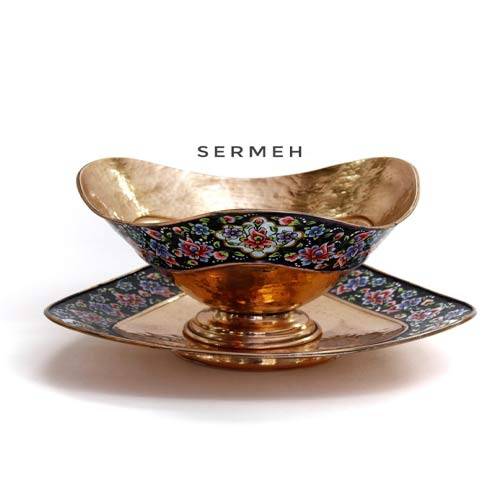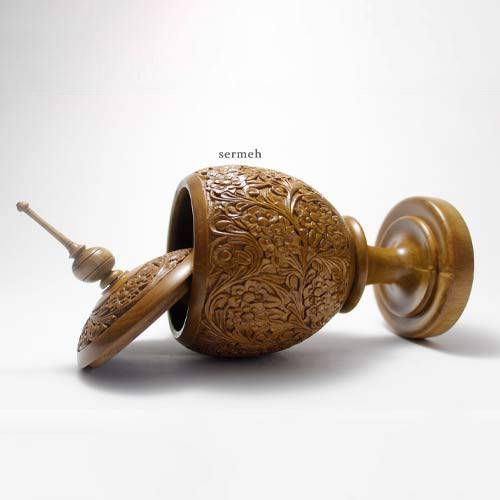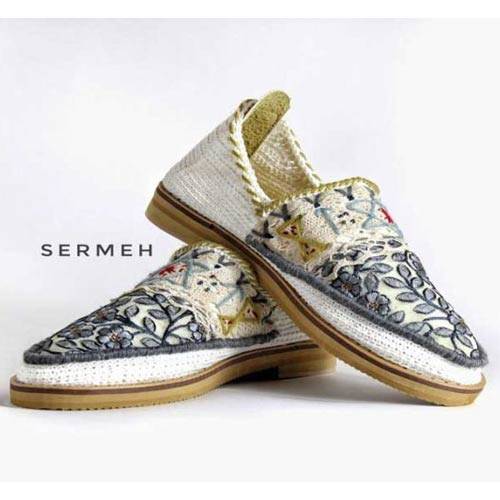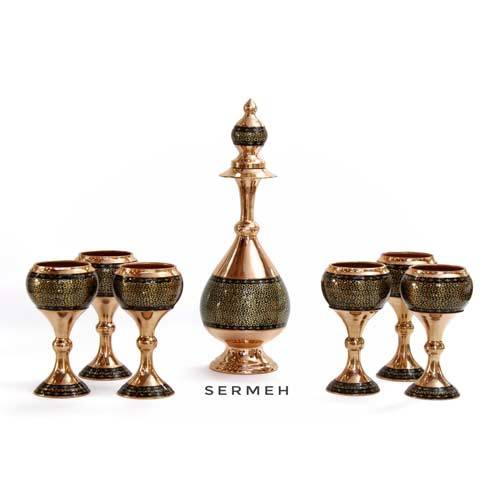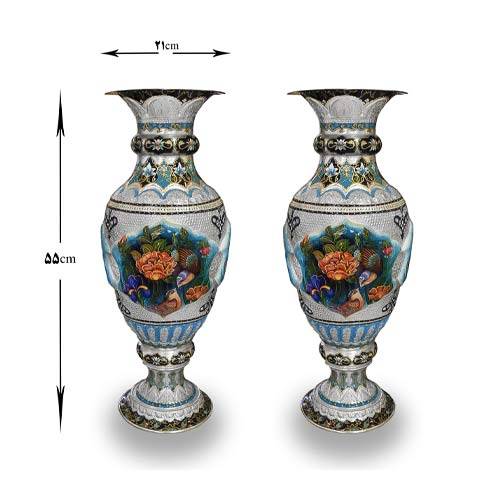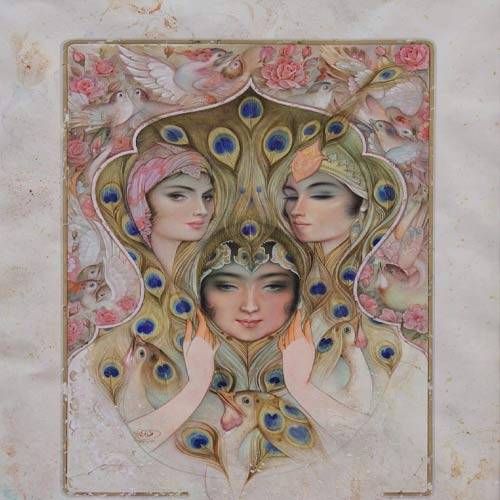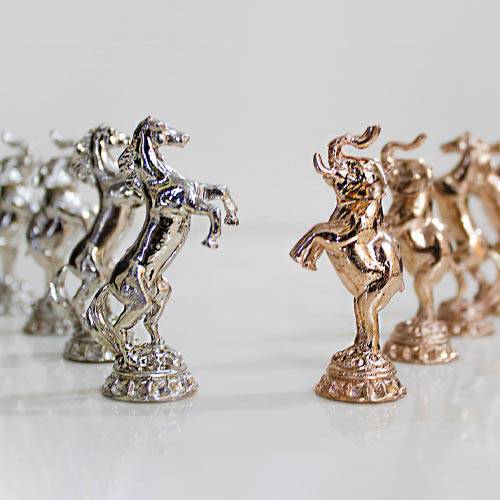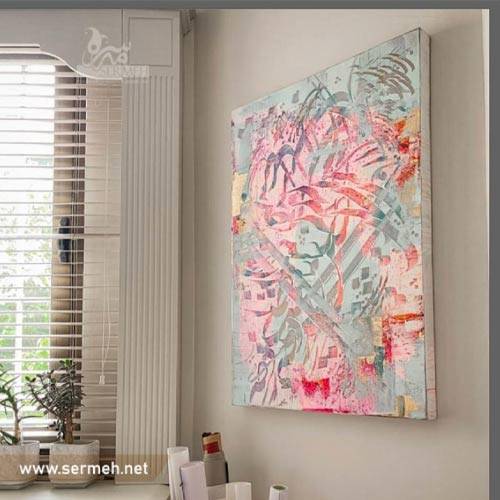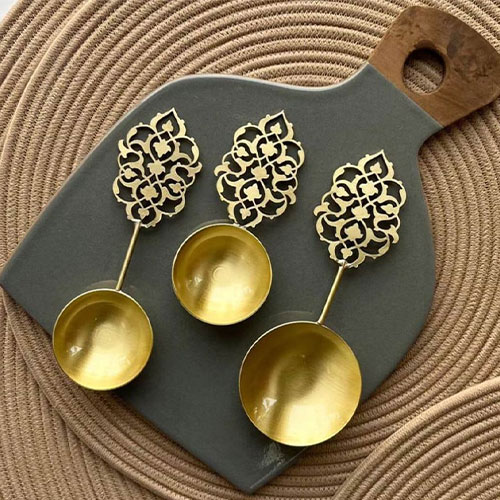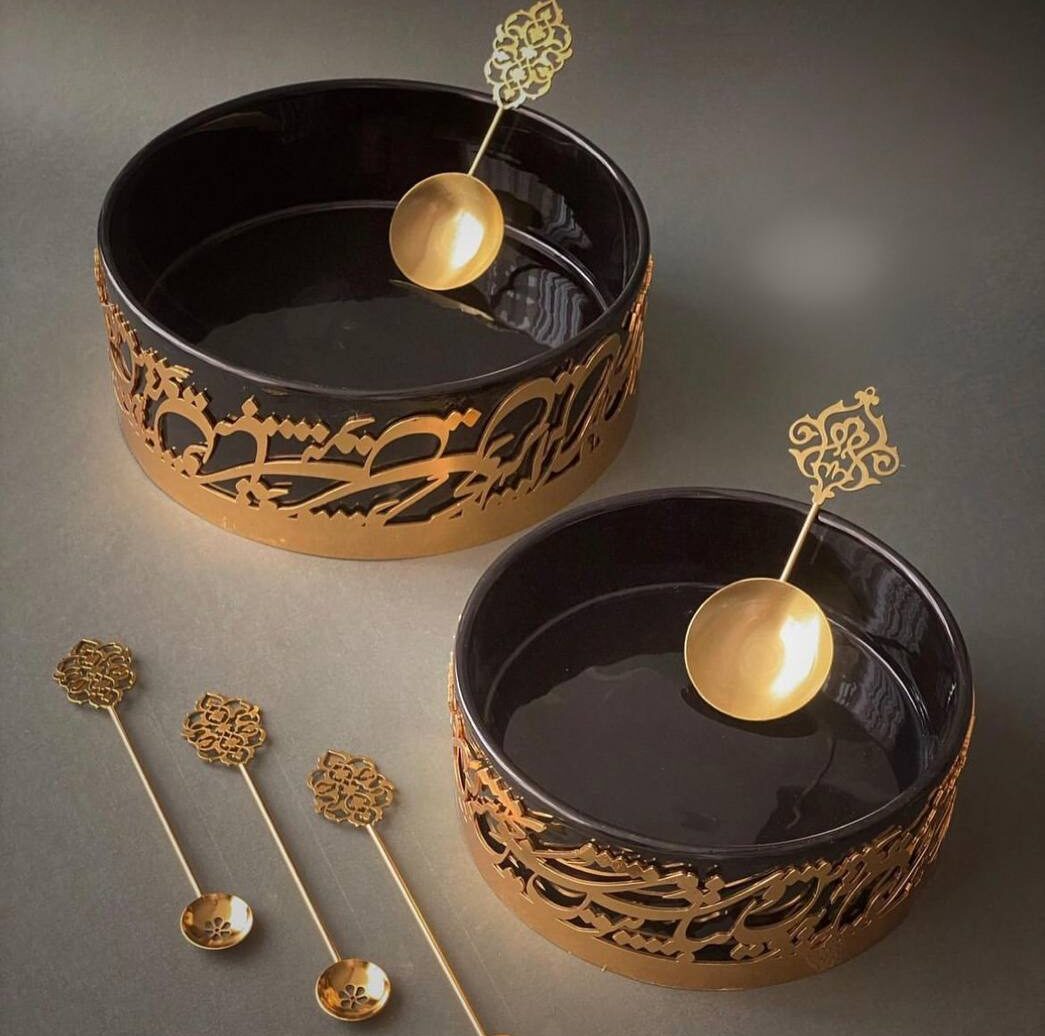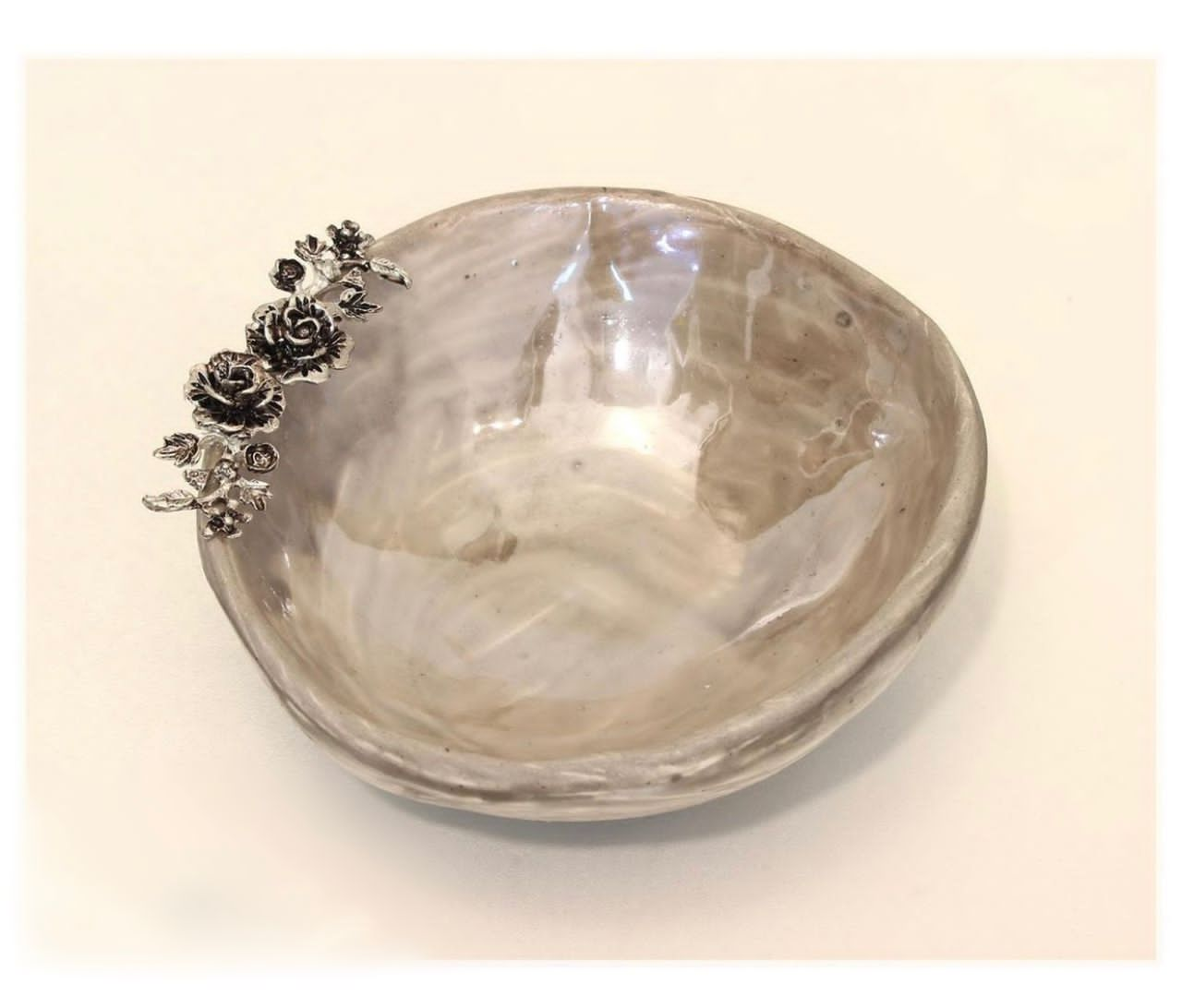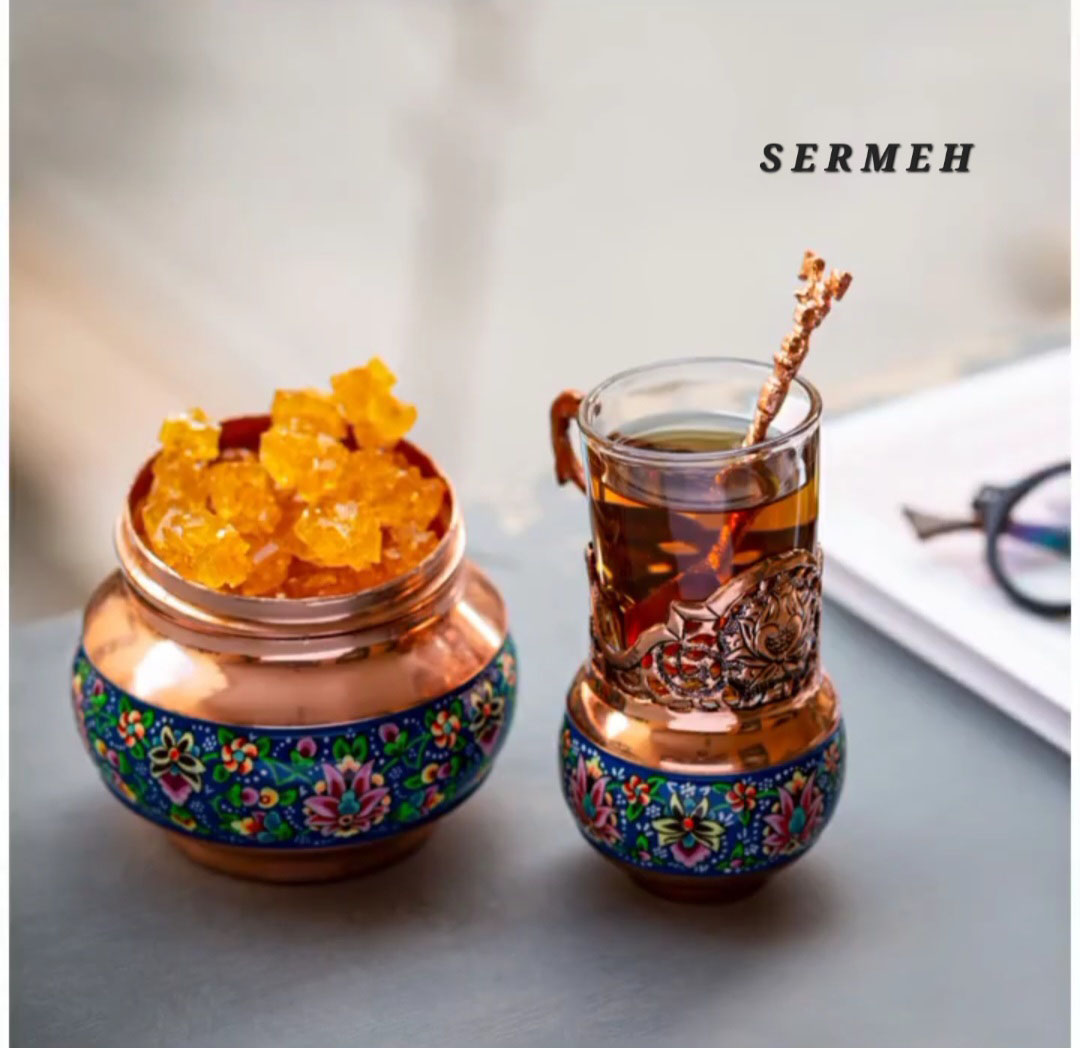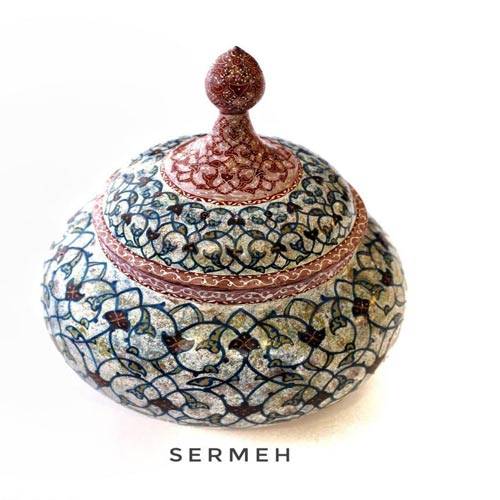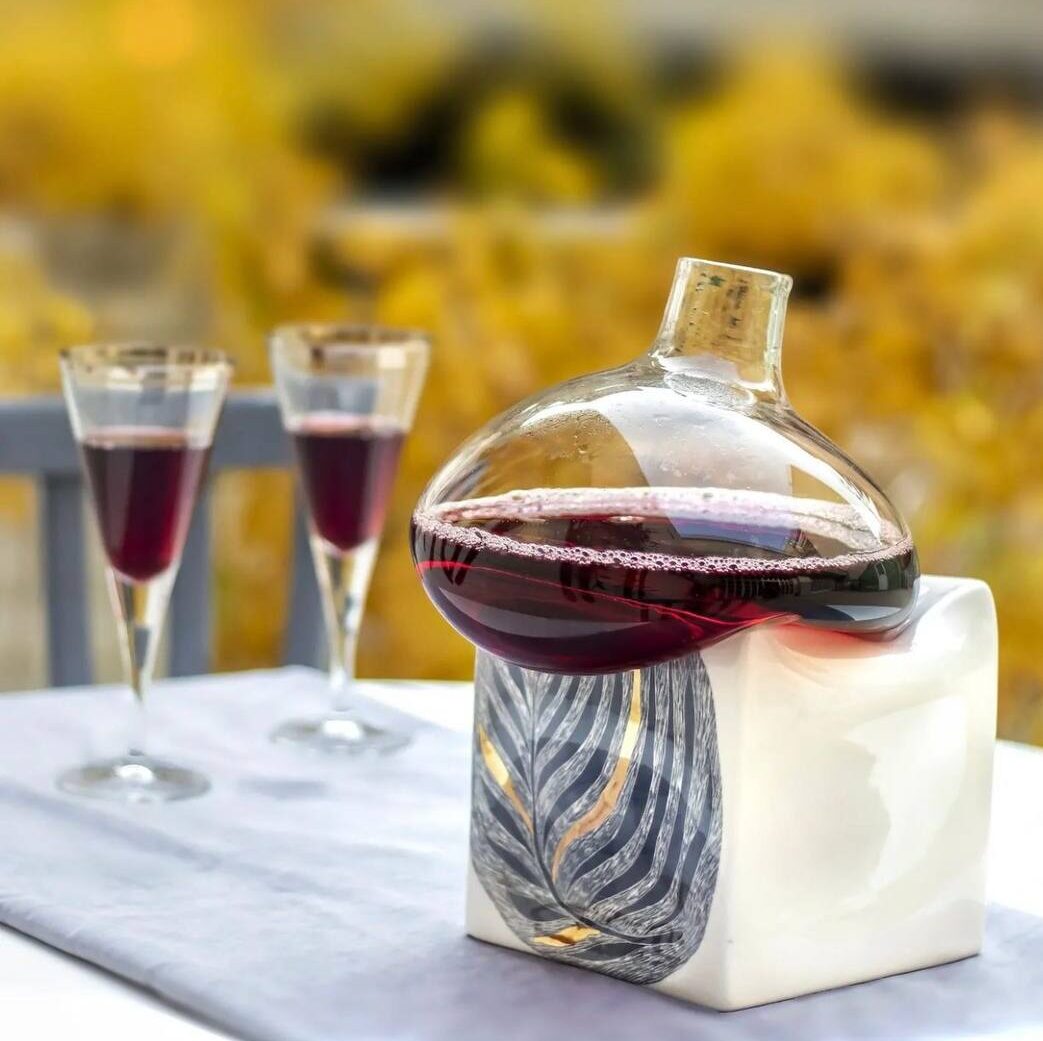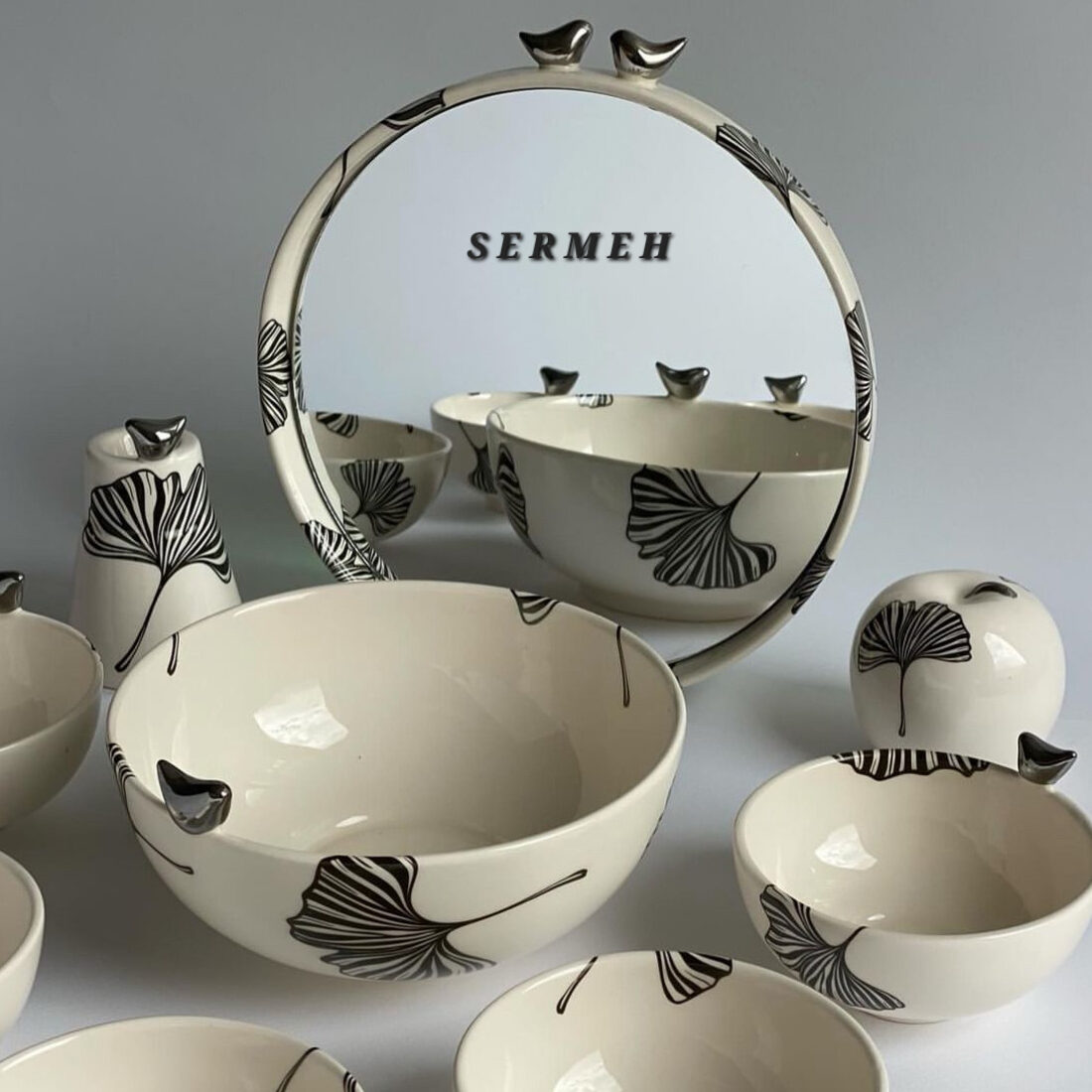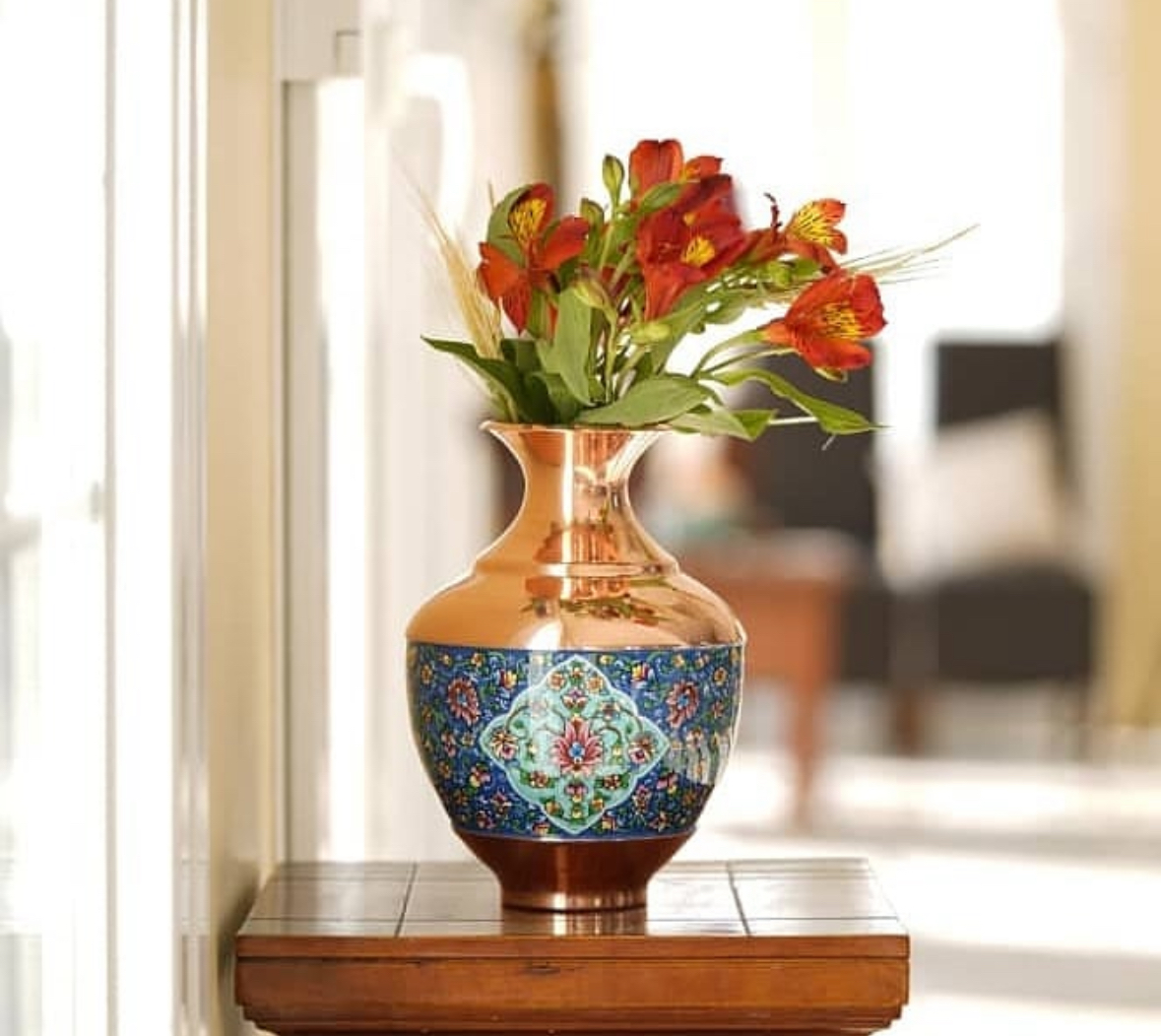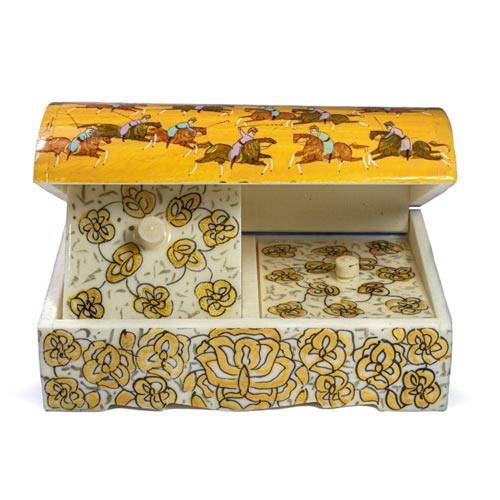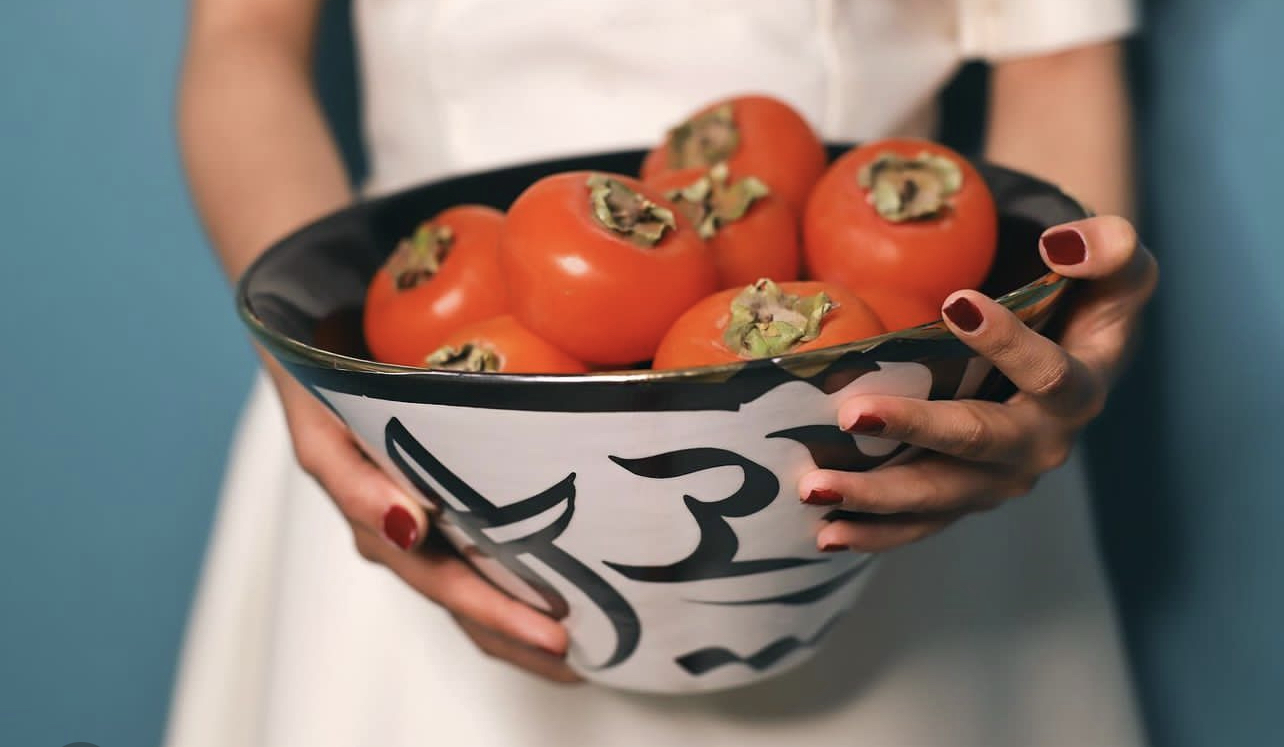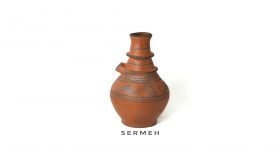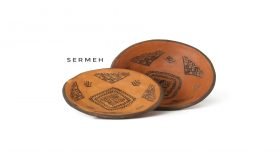Handmade Pottery and Ceramics of Lalejin
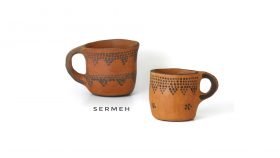
Pottery urns and bowls are some of the oldest forms of pottery making in the world. Before glass was made, pottery jars and vessels were commonly used in everyday life. The best pottery is made of clay which is red because it is rich in iron.
Even though pottery is an ancient technique, yet with time it has not lost its allure; it has developed into different forms and has adapted itself to modern human needs. Throughout time it has been decorated in many different ways and this has doubled its charm.
In Iran and many other countries in the world, pottery is still very much alive. In different regions, people have their particular methods and raw materials for forming and decorating pottery vessels. Even though the material and the techniques might have minute differences, still these tiny peculiarities make the pottery of each region stand out from the rest.
Pottery is the first handmade craft and is the answer to human needs and a manifestation of their capabilities in profiting from nature to answer their needs. The raw materials for making pottery vessels- clay, water, and fire could be found almost anywhere human beings lived. Also, the remnants of this ancient art can be found almost everywhere as well. The oldest potteries in Iran were found in the Ganjdarreh area of Kermanshah Province and they date back to eight thousand years before Christ.
*Buy online Persian pottery*
Lalejin
Lalejin is a town in the Baharestan zone of Hamedan Province and is known as the pottery capital of the Middle East. Eighty percent of Lalejin residents have some background in pottery, ceramic, or other techniques related to pottery making; such as decorating or selling pottery.
Handicraft Production in Lalejin
Lalejin is considered one of the most well-known ceramic and pottery-making centers in Iran and the world. Pottery from this city is exported to other regions of Iran and also abroad. The potteries made in Lalejin are in various forms. They include common vessels for everyday use or those for decoration. According to data from 2006, there were 683 pottery workshops in Lalejin till then. In recent years because of the decrease in demand and difficulty in making pottery, and also the fact that pottery vessels are not commonly used in everyday life anymore, some types of pottery making are becoming extinct.
Some artists in Lalejin work on painting and decorating pottery. Painting on pottery is done in two methods:
a) With plastic and oil paint
b) With mineral pigments that are stabilized through firing the pottery in a pottery kiln. Painting with firing colours is done in different ways, such as over-glazed and under-glazed decoration.
In recent years there has been a new way of decoration called Vitreous enamel, also called porcelain enamel.
Today’s artists pay more attention to the artistic side of their handicrafts. Handmade Pottery and Ceramics of Lalejin
Preparing the Clay Body
The clay is brought from lands outside Dastjerd village either to pottery workshops or other places where the clay body is prepared.
The raw clay has chunks and rocks. These are pounded into powder either manually, using shovels, or using electric devices. The soft clay is then transferred to huge vessels or barrels and is mixed with water until it turns into a muddy form. Then this mud is sieved and the sieved mud is poured into a pond of about thirty centimetres deep. The mud is put away for a few days so that it hardens a bit. At this point, the mud is cut into bricks and the bricks are transferred to pottery workshops and are stored in a special room. Some of the soft clay is also saved to be used for clay kneading.
Foot Wedging
One or two people chop down the whole mound of clay into big pieces using cut-off wires or a sickle and then start the foot-wedging process. They go on with this until the entire mound of clay is done, which might take a few days. Then they chop the clay into smaller pieces knead them with hands and shape them into small cones. These small clay cones are called “choose”. This is the clay body ready for forming into pottery vessels.
Tools Of Handmade Pottery and Ceramics of Lalejin
*Kneading Stone
This is a flat piece of stone. The size is about one meter in one meter and a half. This piece of stone is held by the right or the left hand and is used for kneading the clay with the hands. The clay sticking to the stone is removed every once in a while using fettling knives or what in Farsi is called “Kar-Tarash”.
*Fettling Knives or Kar-tarash
This device has two pieces: a) – A flat, iron blade, 15cm long and 10cm wide, installed in a long wooden handle. B) Twenty cm long cylindrical wooden handle
*Ceramic Bowl
To the right of the potter, in a small pit near the machine, a bowl of ceramic is placed and filled with water. When working, the potter wipes his/her hands using this water so that the clay does not stick to his/her hands, and the pottery work is done more easily.
*Potter’s Needles
These long heavy needles (six centimeters) set into short wooden handles (four centimeters) are used for neatly trimming the top edges of pieces while they’re on the wheel and for scoring slabs and coils when you’re hand-building pieces.
*Leather pieces or “Timaj”
Timaj means goatskin in Farsi. This tool can help shape and smooth pots as they are being formed on the wheel. The potter holds this piece of leather with two fingers and shapes and levels the edge of the vessels moving on the wheel. Today the bicycle tire is used for this job.
*Ribs or “Moshteh”
These are usually made of thin copper pieces. The size is about 8 in 5 centimetres and is in the form of a triangle with curved corners. This tool is used to make the outer part of the vessel smooth while the pot is on the wheel.
*Scrapers or Tarash
This tool is used to scrape the bottom of the vessel. The potter can choose different sizes of scraper depending on the size of the vessel.
*The Pottery wheel
Potter’s wheel is a machine used in the shaping (known as throwing) of round ceramic ware. It is made of several pieces and is placed inside a container usually made of clay, which looks like a table with one side open. The recent models are made of iron and are portable.
The potter sits on a bench at this table and starts throwing the clay on the wheel.
*Pottery Bats
Pottery bats are removable discs, of varying sizes and materials that easily attach to the pottery wheel head and are mostly used for bigger size pots (the size of a normal vase). The pottery bat allows the potter to throw the clay on the pottery bat, and not directly on the wheel head, and therefore makes the removal of the pot much easier because the potter simply removes the bat and does not have to separate the wet clay from the wheel using the wire. A potter must have several of these bats since for each pot a different bat is used.
*Boards
This is a wooden board of about 30 in 40 centimeters and is used for carrying small pots.
Throwing
First, the potter sits at the wheel on a small stool places their right foot on the flat surface at the bottom of the wheel, and starts moving the wheel. Then the potter smacks one of the clay bodies, or clay cones on the pottery bat which is fixed on the wheel head, and starts throwing. The potter uses their two fingers to slowly push the body downward on the pottery bat which is already wet. For the clay not to stick to the bat a bit of powered clay is also splashed on the bat.
Then the potter starts moving both their hands upwards on both sides of the body and thus throws the pot into the form s/he desires. To open the clay, the potter needs to lay the left thumb across the top (through the center axis) and push down on the left thumb. The potter needs to keep the right hand always on the clay and lubricate it all the while. When the clay is formed into the desired shape, ribs and scrapers are used to smooth the shape and the needle and the leather piece are used to form the edge of the pot. Then the pottery bat is removed and placed in a roofed area. It takes about twelve hours for the pottery to dry to some extent. At this stage decoration can be carved on the surface of the pot.
After carving the decorative motifs the pot is put away from the Sun for twenty-four hours and then it is put in the Sun so that it is bone-dry. Then the pot is placed in the kiln with utmost care and after it is fired for the first time, it is glazed and then fired again.
Pottery Kiln
Pottery kiln is made of bricks traditionally and has two parts: the lower part which houses the big iron torch and the upper part where the pots are placed on shelves. Handmade Pottery and Ceramics of Lalejin
Firing the Pottery
Before the kiln is lit, the master goes into the kiln and the students give him/her the glazed pottery one by one and s/he puts them on the ledge. The master places the pottery so that those that are black are closer to the fire and those that are yellow are further from it. S/he also makes sure that the pots are well spaced apart because if they stick together, they will not break apart after heating. For the pots not to stick to each other, a device called a three-pod is used. Three-pods come in various shapes depending on the shapes of the vessels. Since the trace of the three-pod stays at the bottom of the vessels, the vessels are placed in a bigger pot and then put on the three-pod. This bigger pod is not glazed because the glaze will stick to the pottery. The bottom of the vessels has no glaze either.
After the kiln is loaded, the heating rises slowly and gradually. After ten hours, the master inserts a stick into the kiln, the heat flares the stick and thus the master can see inside the kiln. If the glaze is bright and “mature”, the master considers the job done. If not, s/he raises the heat. Paying careful attention to heating is very important, otherwise the pottery is damaged. Firing the vessels takes about ten twelve to fourteen hours, then the kiln is turned off and the hatch on top of the kiln is left open for about twenty-four hours to let it cool down. Lalejin potters make plates, trays, salt shakers, ashtrays, cups, jars, gray pots, different types of pots, and also lanjin. Lanjin is bigger than a plate and it needs to be light, so they add straw to clay when making it and also it is glazed when it is still not fired. Gravy pots and water jars are never glazed. Jars used for making jams, vinegar, and pickles are glazed inside.
Making Glaze in Handmade Pottery and Ceramics of Lalejin
Years ago, Laljin potters mixed about fifty kilos of alkali (derived from the burning of the Cushman plant) with about 2 kilos of flint and boiled it up to about a thousand temperatures to form a kind of glass (silicate). This solution was then crushed and milled, and twenty kilograms of it was mixed with eighteen kilograms of flint and ten kilograms of crystals. This mixture was called one PSA and was used to make all kinds of glazes.

